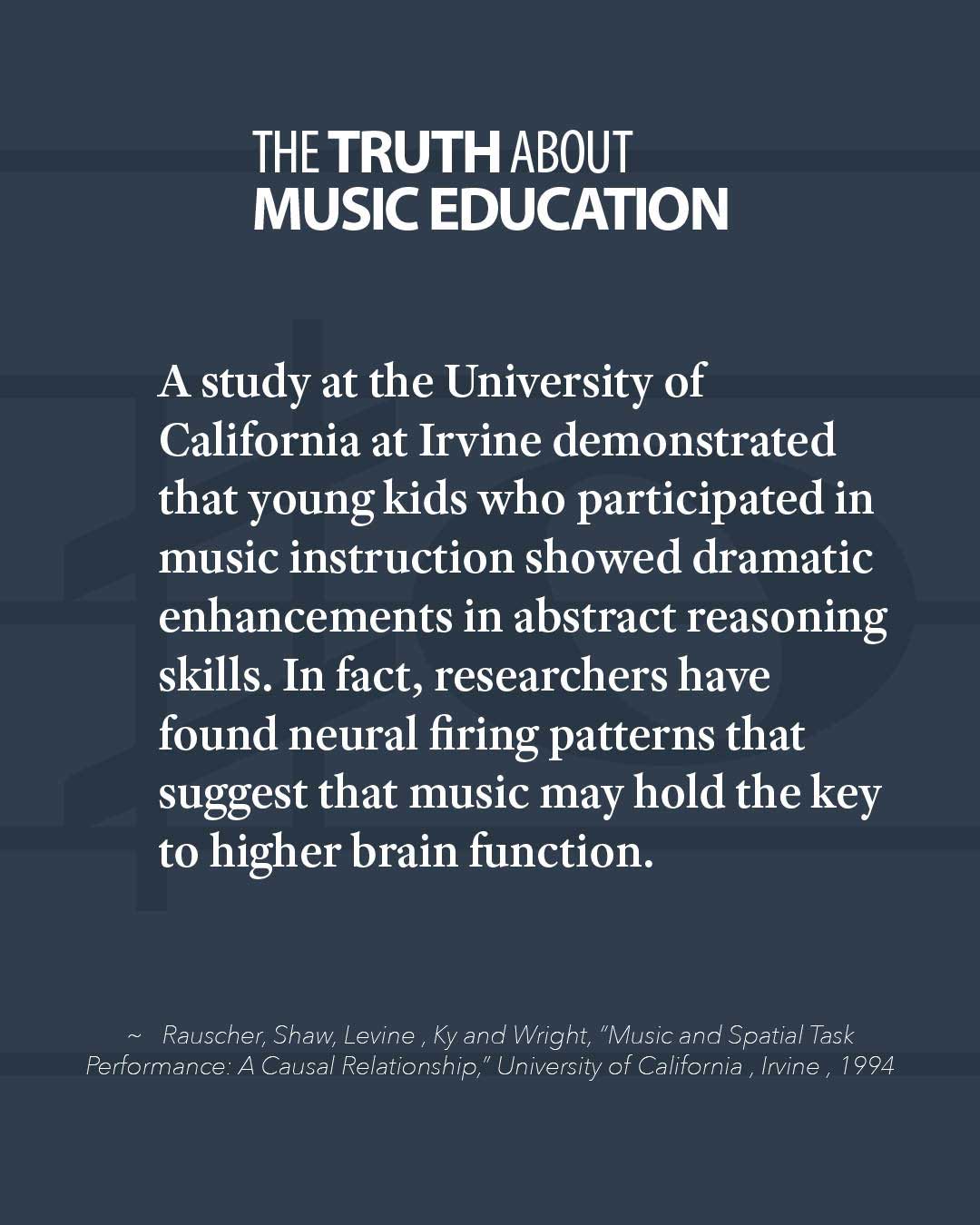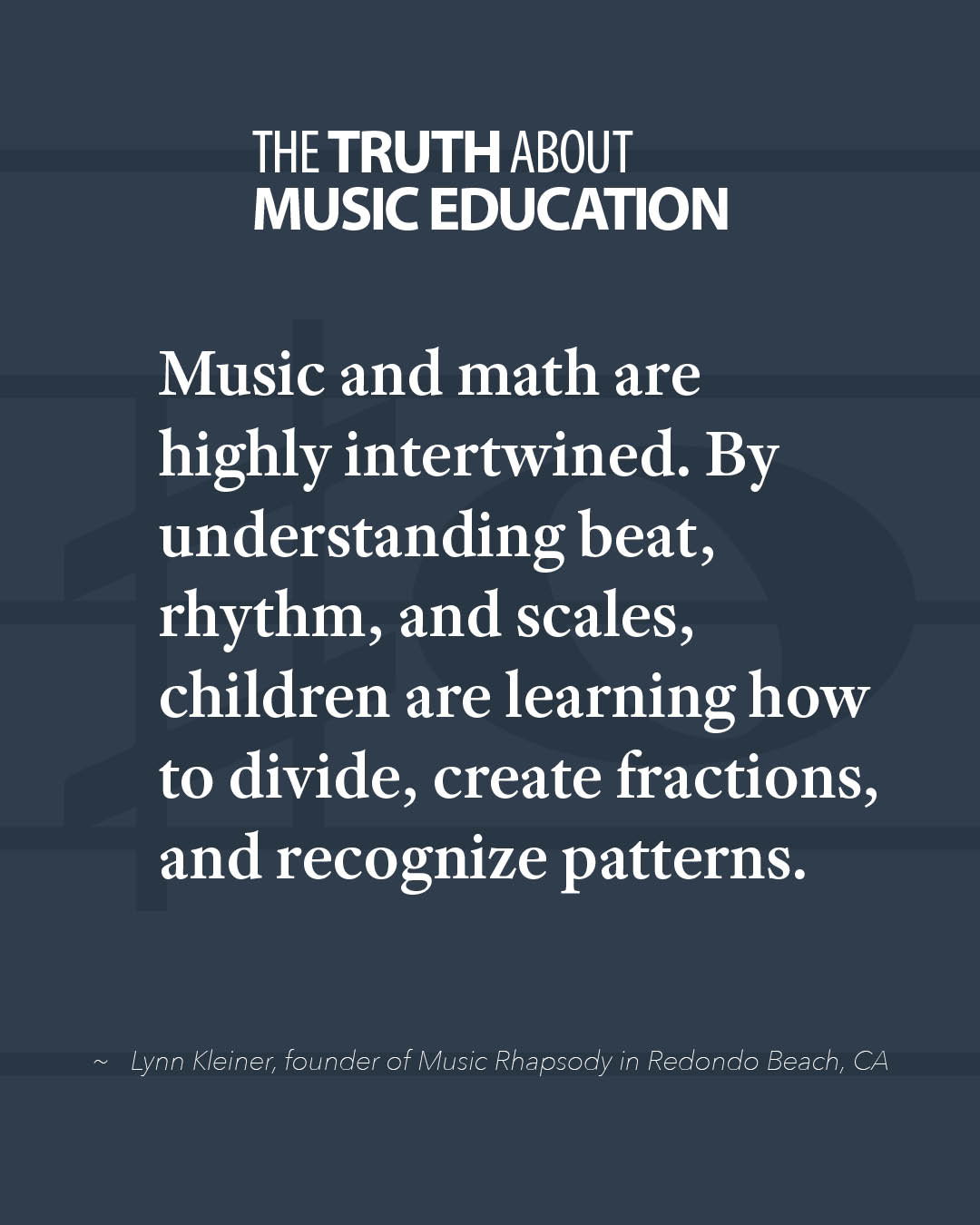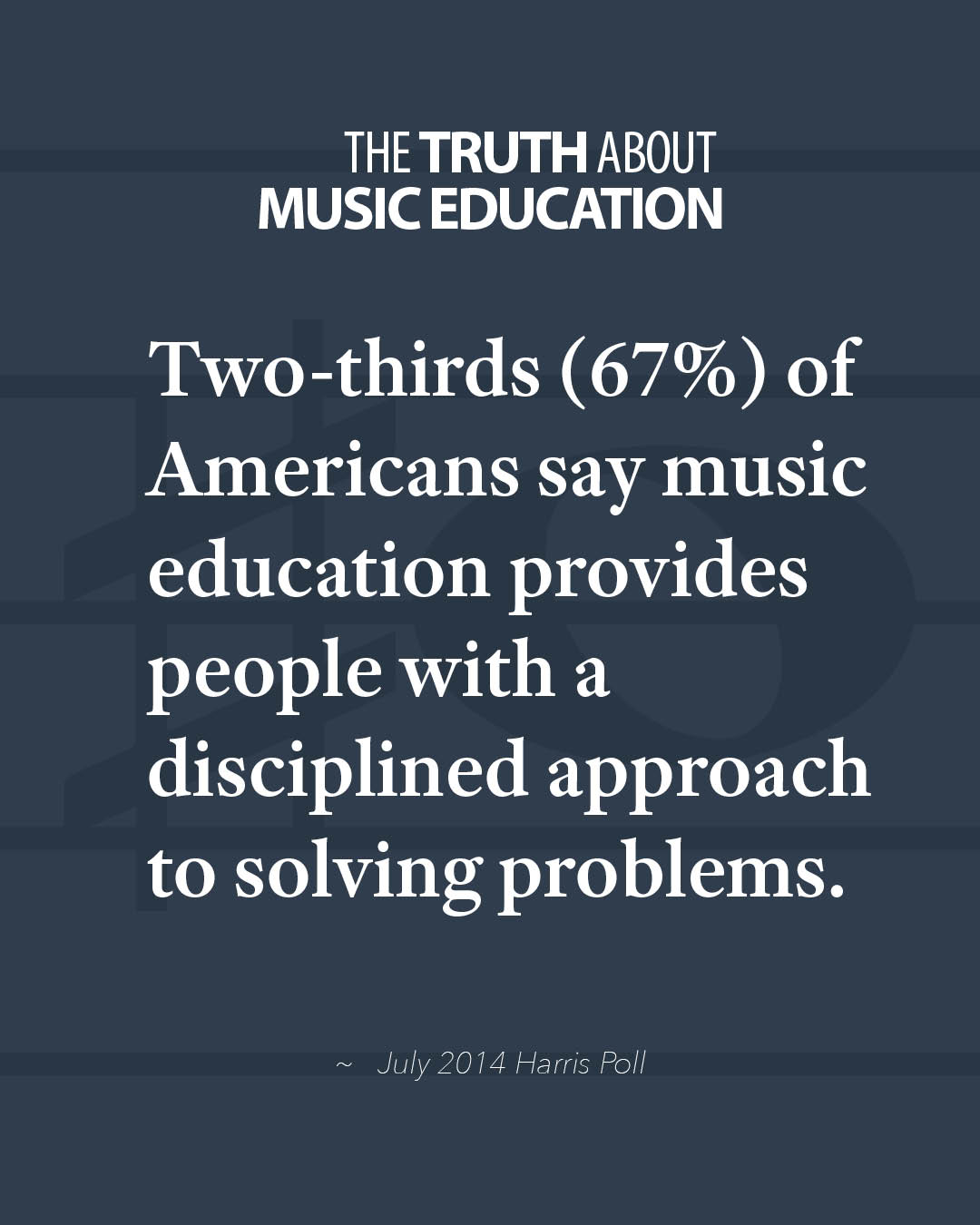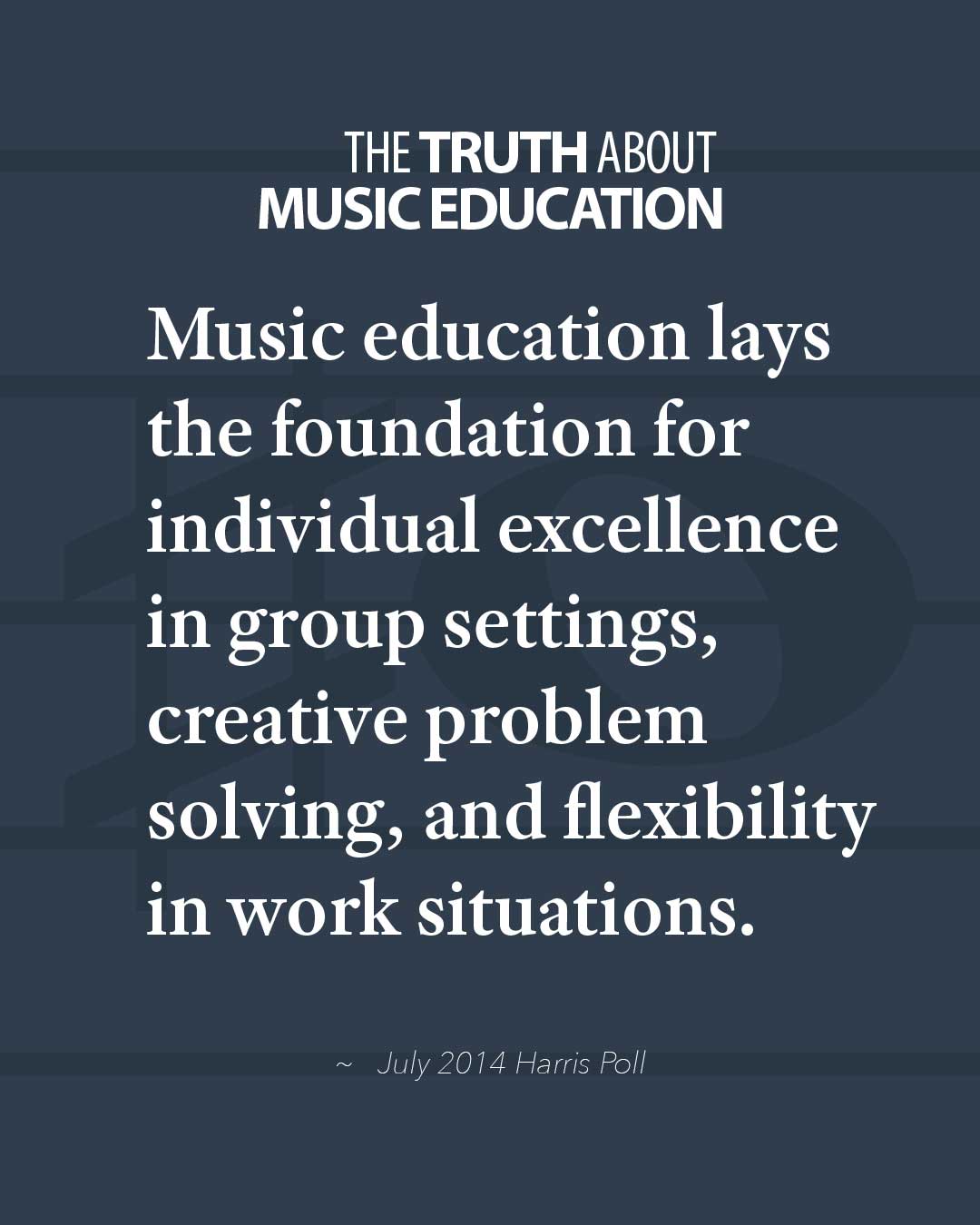Music Study Enhances Reasoning Skills

A study at the University of California at Irvine demonstrated that young kids who participated in music instruction showed dramatic enhancements in abstract reasoning skills. In fact, researchers have found neural firing patterns that suggest that music may hold the key to higher brain function.





